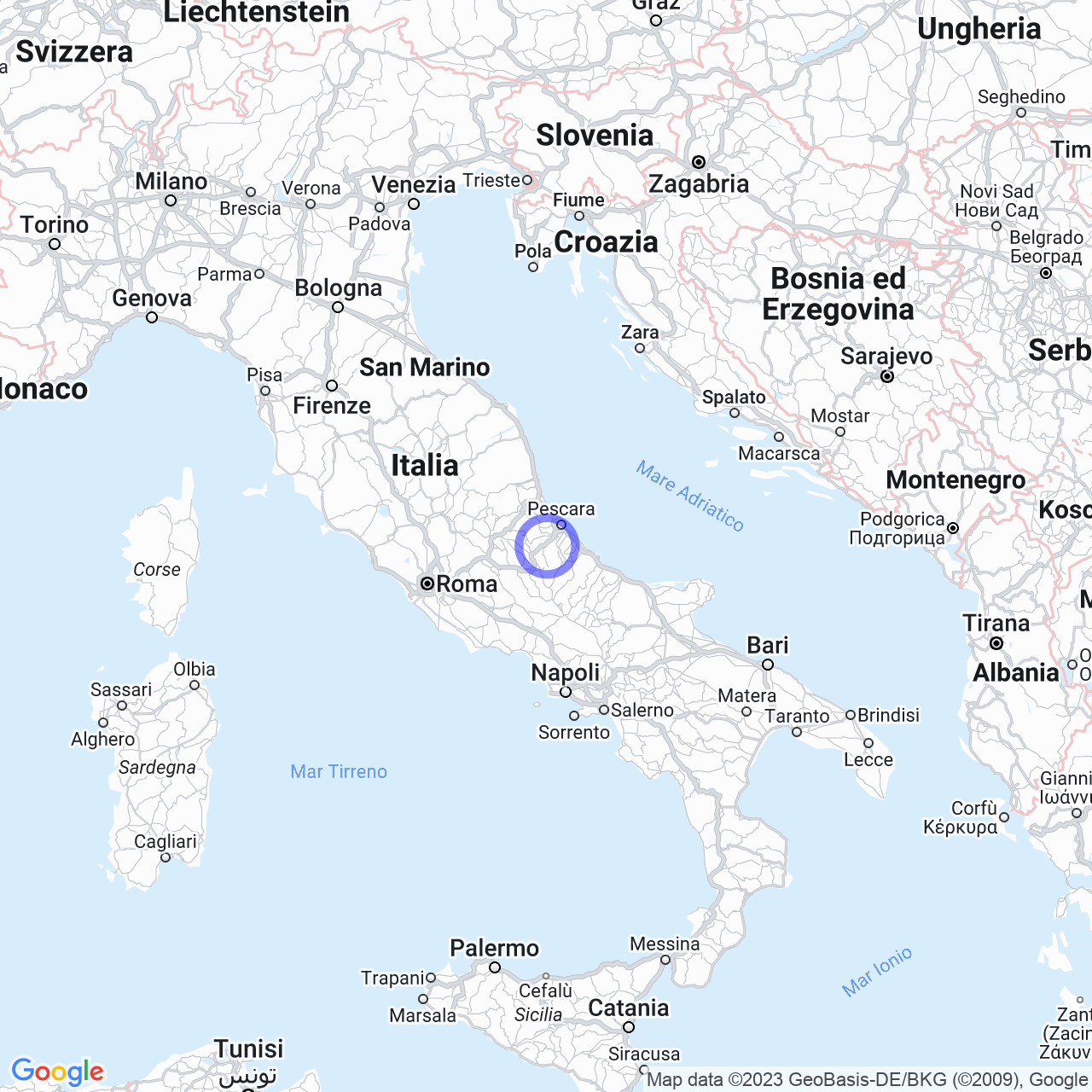Turrivalignani
Church of Santo Stefano
The Church of Santo Stefano, also dating back to the XIII century, was built on the orders of Frederick II of Swabia. It stands in the heart of the town, overlooking the main square, Piazza Vittorio Emanuele III. The Romanesque-Gothic façade features a 1400 portal with a frescoed lunette, a beautiful work of a local artist. The spacious and bright single-nave interior is characterized by round arches supported by columns and a wooden truss roof. The ceiling is frescoed with stories of Saint John the Baptist.
Valignani Castle
Located in a panoramic position, Valignani Castle dates back to the seventeenth century and was built by the noble Teatine family of Valignani. The structure is in the shape of a quadrilateral with a large inner courtyard. Over time, the castle underwent various expansions and renovations. Today it is owned by the municipality and hosts events and exhibitions.

Placido Palace
Placido Palace is the residence of the Placido family, who have ruled the town for generations, and now houses the Town Hall. The building dates back to the nineteenth century and was built in neoclassical style with an imposing façade, accessed via a double-ramp staircase. The rooms on the noble floor retain original frescoes and decorations.
Culture and Leisure
Municipal Library
The Municipal Library of Turrivalignani boasts a catalog of about 5,000 volumes and also offers an interlibrary loan service with other libraries in the provincial network.
Municipal Theater
The Municipal Theater of Turrivalignani was inaugurated in 1995 and can accommodate up to 200 spectators. The structure is equipped with a stage, dressing rooms, and amenities for the public.
Feast of St. John
The Feast of St. John is held every year on June 24 and attracts visitors from all over the Val Pescara. The event includes a parade with period costumes, a market of typical and artisanal products, and musical performances.
Economy
Turrivalignani is mainly an agricultural town, with olive groves, vineyards, and cereal crops. There are also some craft activities and small businesses operating in the mechanical and construction sectors. The mining industry was abandoned at the end of the twentieth century, after the Marcinelle tragedy that affected many families in the town.
Events
In addition to the Feast of St. John, several events are held throughout the year, including the Frittelle Festival, the Feast of the Assumption, and the Polenta Festival. Additionally, the town is a destination for pilgrimages and religious festivals that involve the local community.
Conclusions
Turrivalignani is a small town with a rich history and traditions. Agriculture and craftsmanship are the main productive activities, while cultural events and festivals represent an important opportunity for gathering and socializing for the community. A visit to the historical monuments, the natural beauty of the surroundings, and participation in local events are an excellent opportunity to get to know and appreciate the history and culture of this small Abruzzo town.
